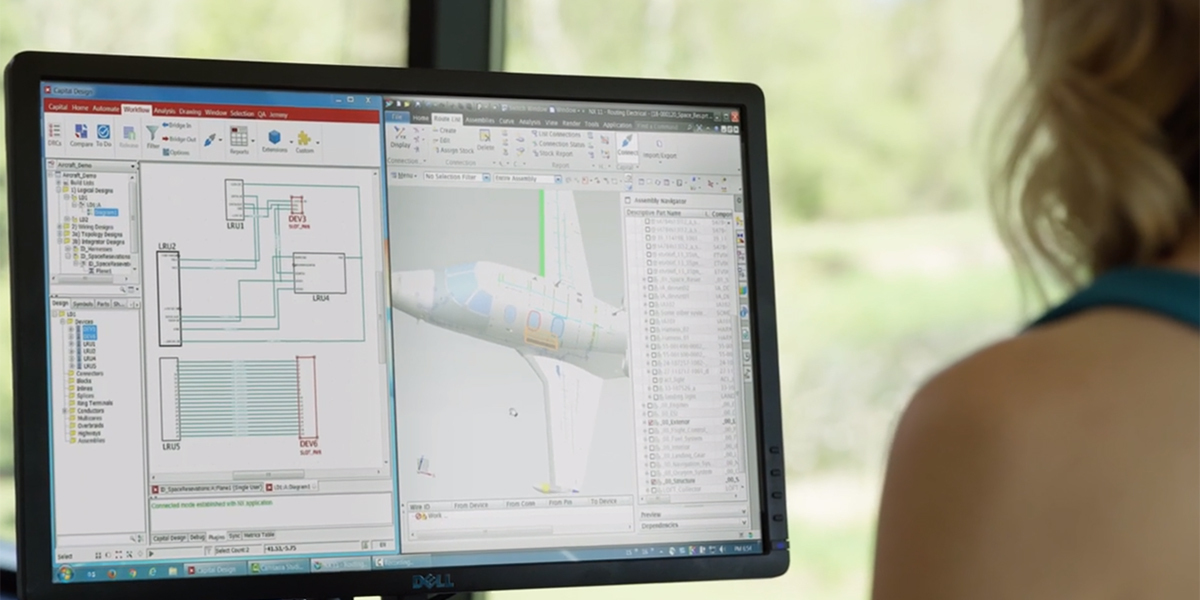There is an ongoing trend as regards the way we conduct our daily activities, and it all points to the way of digitalization. In these modern times, we regularly have to send and receive different types of data for the various things that we normally do. With this rise in both the volume and rate of the data that we have to handle, there is also a need for better data management. Data management, in today’s world, is not just something that only businesses and companies have to worry about.
Rather, it is something that all of us should be well aware of, and it should be something that we are constantly working on. In this article, we are going to talk about the different data management techniques for personal use. This will include things like using a multi-cloud strategy, being detail-oriented as regards organizing data, and being cautious of our approach towards the internet.
The use of multiple cloud storage and backup platforms
Cloud services, including storage and backup, have developed so much over the years that it has become practical and accessible for personal use. Today, a lot of options have emerged that bring the benefits of cloud services to the general public in small-scale applications. One of the most common examples of how you can implement this strategy for your personal use is by separating personal and business or school-related data.

For instance, you can opt to upload all of your personal data, such as notes, photos, screenshots, and passwords, to one cloud. And in another cloud server, you can opt to upload only those that are related to your business, work, or academics. Through this strategy, you are able to better keep track of all the data that you have, which can make you more productive and it also avoids delays and confusion.
Organizing data
Most of us tend to have our own system of organizing our files. After all, we always prefer to have a system that is easily understandable and accessible to us. The only problem is that the way we usually do things is very prone to errors and mistakes. For example, in the process of naming our files, we tend to use very disorganized file names.
Even worse, some of us don’t even bother to change the names of the files that we have received and downloaded. Such a system of organizing files will lead to inconsistency in your file folders, and it will also make identification a lot harder than it should be. In order to address this issue, be sure to have some sort of formal system for naming your files. For example, you could use this format: DATE-FILE TYPE- FILE NAME. By using this system of organizing files, you can easily locate and identify files, and you can also better organize different file categories.
Employ caution

The internet may seem naturally harmless. However, it is full of people who constantly want to take advantage of others. One good example of how this threat is manifested is through viruses and scams. Essentially, these are malicious activities that are run by people who want to inflict harm and damage to the digital properties of other people. What’s most alarming about these things is that they are quite rampant in today’s digital world. And they only get worse and worse over the years.
In order to protect yourself from these threats, be sure to employ some degree of caution when browsing the web. Only visit trusted websites, download from secure links, do not click on-page elements randomly, think twice about typing in passwords, be careful of who you interact with, and do not carelessly insert random storage drives into your computers. These are only some of the ways you can prevent these threats from damaging you and your property. Ultimately, when it comes to the things we do over the internet, it is always better to be safe rather than sorry.






